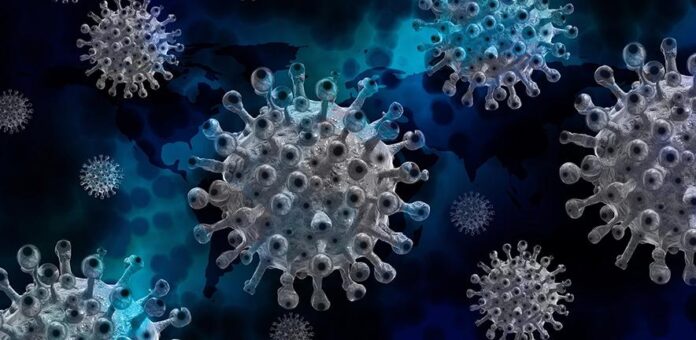A Cambridge-developed vaccine candidate against SARS-CoV-2 could begin clinical trials in the UK in late autumn or early next year, thanks to a £1.9million award from the UK government.
SARS-CoV-2 is a coronavirus, a class of virus named after their appearance: spherical objects, on the surface of which sit ‘spike’ proteins. The virus uses these spikes to attach to and invade cells in our body. One vaccine strategy is to block this attachment; however, not all immune responses against this virus and against this spike protein are protective – antibodies to the wrong part of the spike protein have been implicated in triggering hyper-inflammatory immune responses causing life-threatening COVID-19 disease. Added to this, SARS-CoV-2 is mutating and changes in the virus spike protein during the COVID-19 pandemic have already been observed to be widespread.
To develop their new vaccine candidate – DIOS-CoVax2 – the team use banks of genetic sequences of all known coronaviruses, including those from bats, the natural hosts of many relatives of human coronaviruses. The team have developed libraries of computer-generated antigen structures encoded by synthetic genes that can train the human immune system to target key regions of the virus and to produce beneficial anti-viral responses. These immune responses include neutralising antibodies, which block virus infection, and T-cells, which remove virus-infected cells. This ‘laser-specific’ computer generated approach is able to help avoid the adverse hyper-inflammatory immune responses that can be triggered by recognition of the wrong parts on the coronavirus’s surface.
Professor Jonathan Heeney, head of the Laboratory of Viral Zoonotics at the University of Cambridge, and founder of DIOSynVax, said: “Our approach involves 3D computer modelling of the SARS-CoV-2 virus’s structure. It uses information on the virus itself as well as its relatives – SARS, MERS and other coronaviruses carried by animals that threaten to ‘spill-over’ to humans again to cause future human epidemics.
“We’re looking for chinks in its armour, crucial pieces of the virus that we can use to construct the vaccine to direct the immune response in the right direction. Ultimately we aim to make a vaccine that will not only protect from SARS-CoV-2, but also other related coronaviruses that may spill over from animals to humans.
“Our strategy includes targeting those domains of the virus’s structure that are absolutely critical for docking with a cell, while avoiding the parts that could make things worse. What we end up with is a mimic, a synthetic part of the virus minus those non-essential elements that could trigger a bad immune response.”







